Inadequate Emergency Treatment Results in Persistent Symptoms
A 58 year old male patient was seen for emergency treatment regarding the area of tooth #27. the patient had a history of a toothache that resulted in the tooth being accessed by the referring dentist. The patient said he had been in pain for two weeks after the initial access and describe the severity of the pain as 5 out of 10. It was localized to the tooth in gum area and was described as a momentary sharp pain that was sensitive to both hot and cold stimulus. The patient did not report swelling and the tooth occasionally hurt when biting.

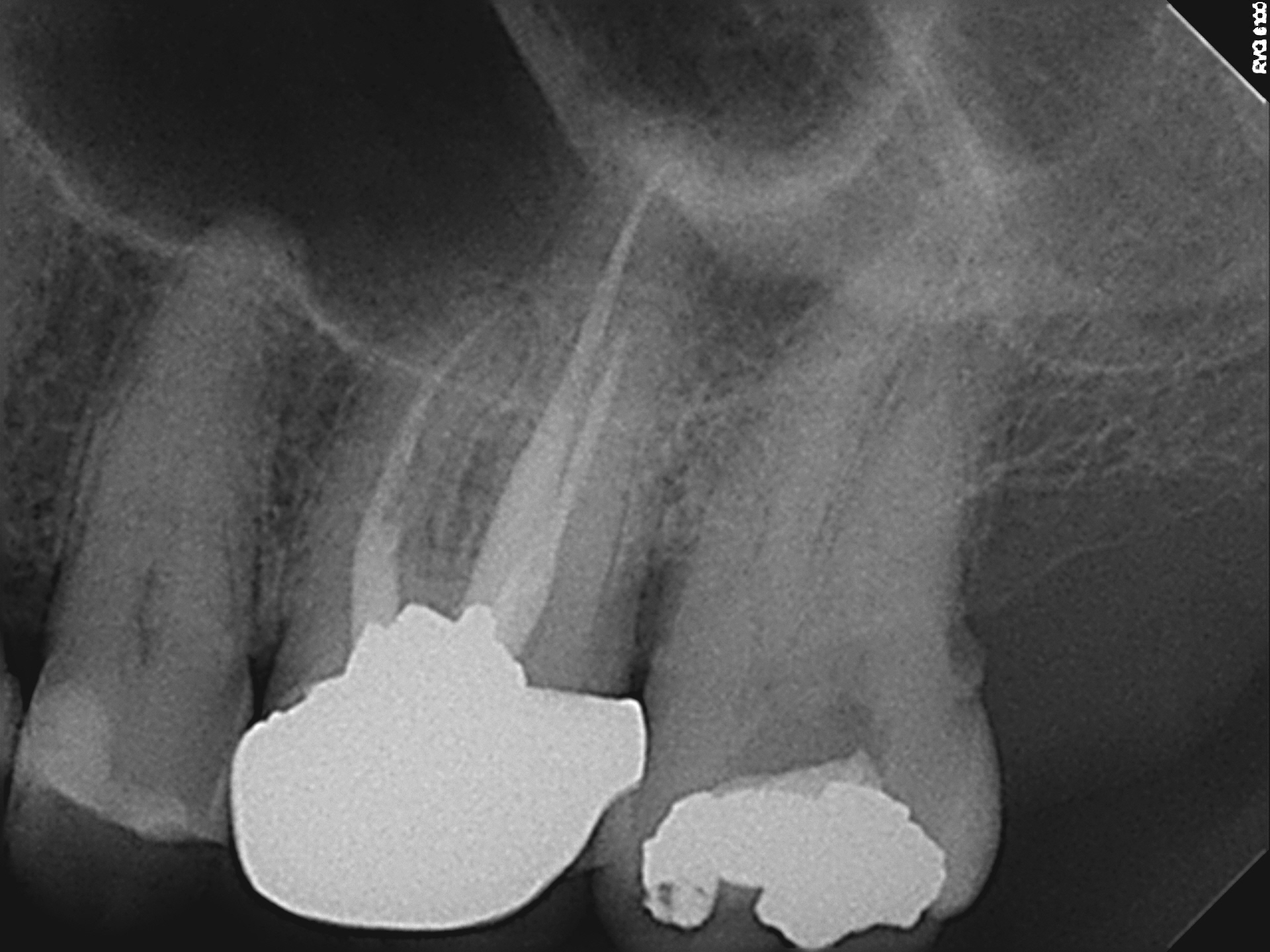
Clinical examination of the tooth showed prior endodontic access. Radiographic examination showed evidence of attempted endodontic access but the chamber did not have the classic appearance of one that had been properly accessed.
In cases where it is obvious that a pulpotomy has been performed (and therefore the tooth would naturally NOT respond to thermal stimulus pulp testing), I rarely do a thermal sensitivity test. But when patients are persistently symptomatic , I always attempt to reproduce the patients symptoms in the chair before commencing or continuing treatment. Application of cold stimulus to tooth #27 reproduced the patient symptoms exactly. This was unusual. Why would a tooth that had been accessed by the referral still have thermal sensitivity as tested with application of thermal stimulus to the Crown of the tooth?.
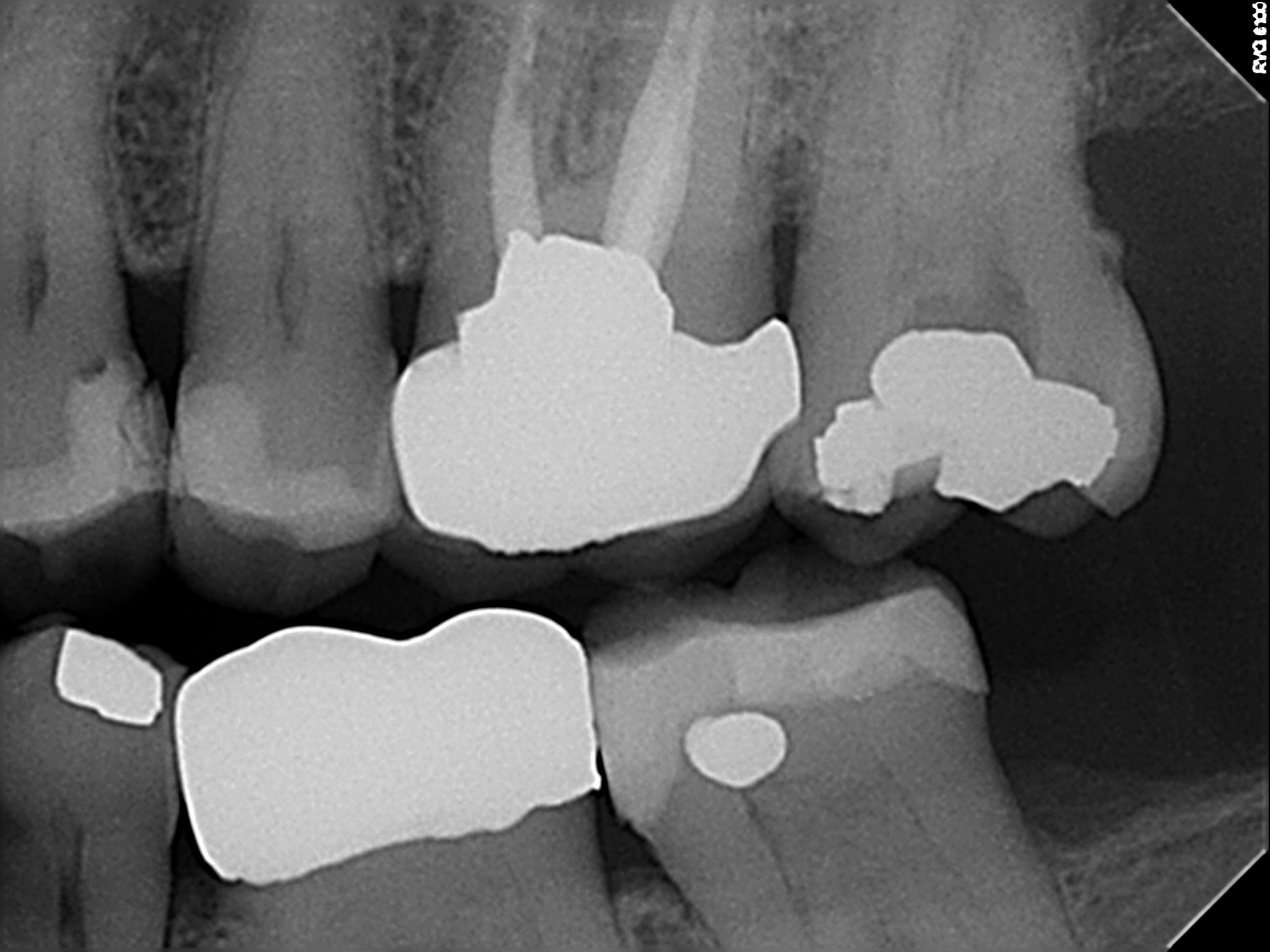
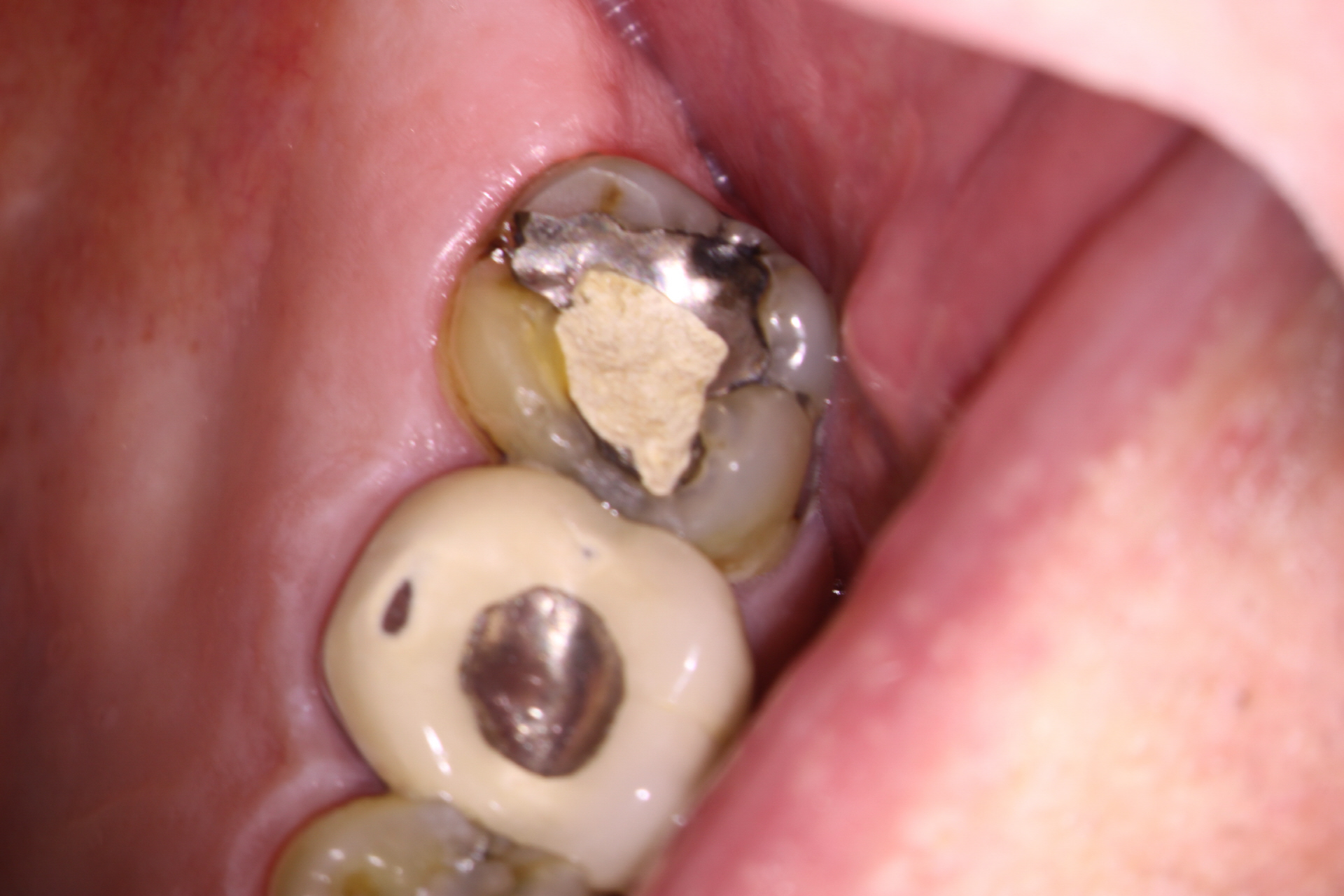
Bite wing radiography showed that the walls of the chamber seemed to be mostly intact and there was only a small area of distal pulp horn dentin had been removed from the roof of the chamber. The pulp had been “exposed” without pulpotomy.


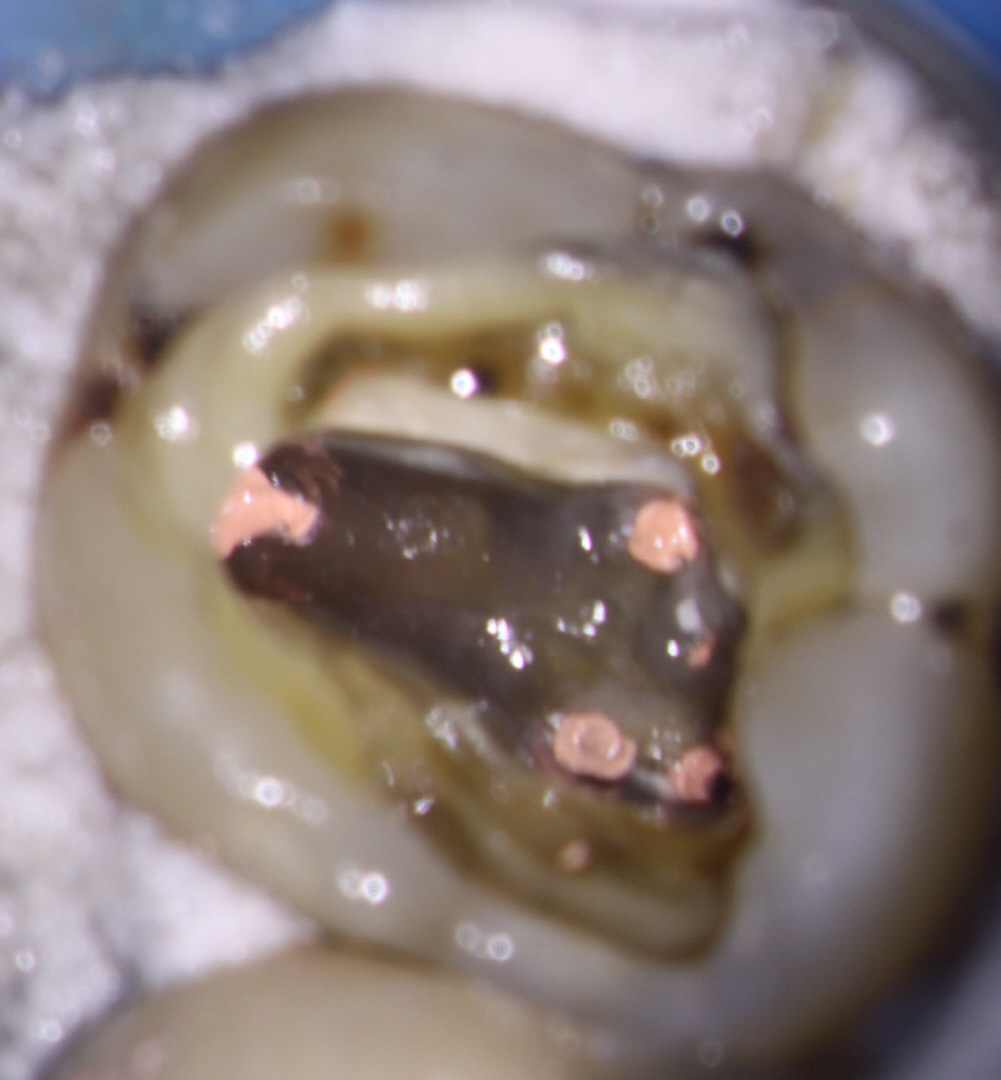
I explained to the patient that treatment of tooth #27 had already been initiated but that the pulp tissue had not been completely removed during the emergency procedure. Completion of the endodontic treatment was required prior to restoration of the tooth with a full Crown.
The patient was anesthetized and the temporary filling was removed. I immediately noticed that all the pulp tissue in the chamber was essentially intact and a substantial amount of pulp tissue remained . This was likely causing the exaggerated response to thermal stimulus and was the reason for the patients symptoms. Endodontic Treatment was performed as usual and the tooth was obturated with warm gutta percha and sealed with an orifice bond and dual cure core paste composite material in the access . The patient reported resolution of symptoms the following day and has been scheduled for final restoration of the tooth.
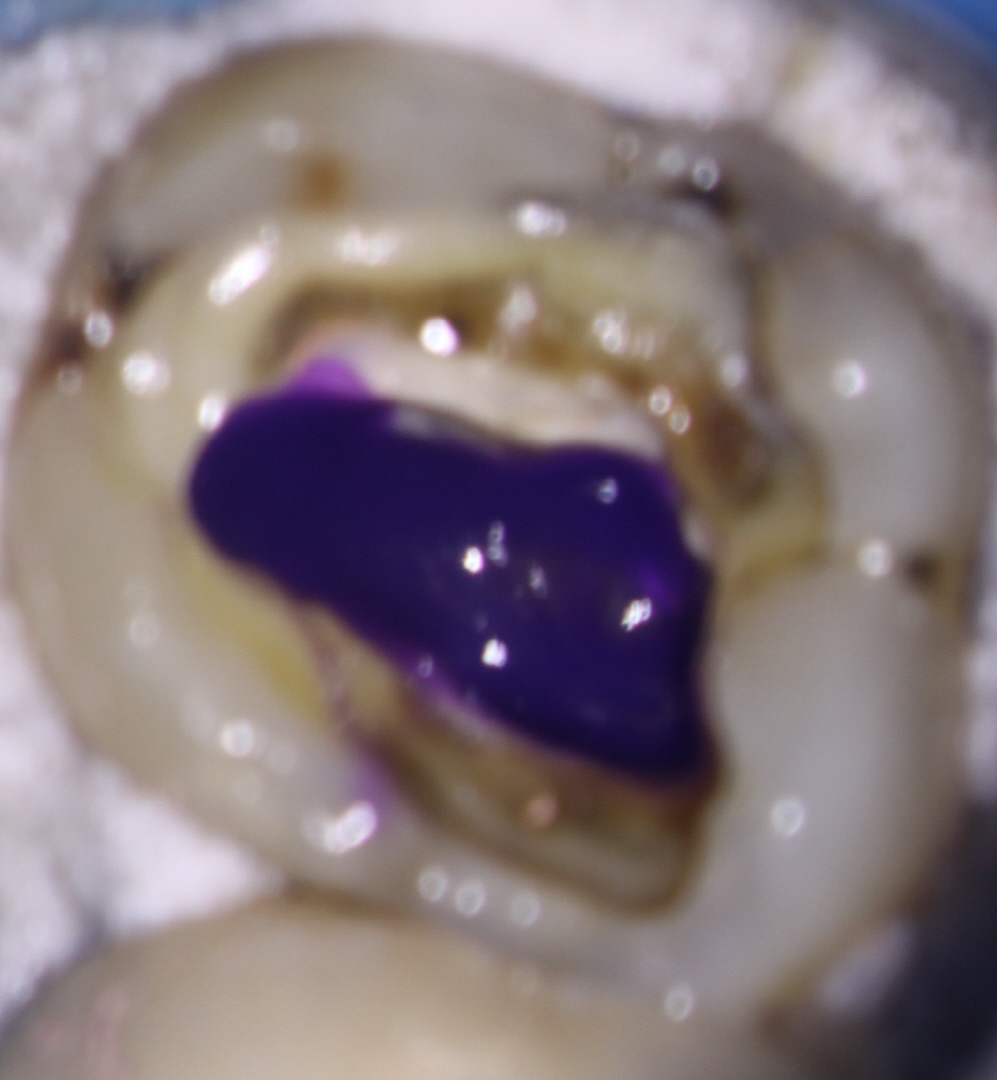
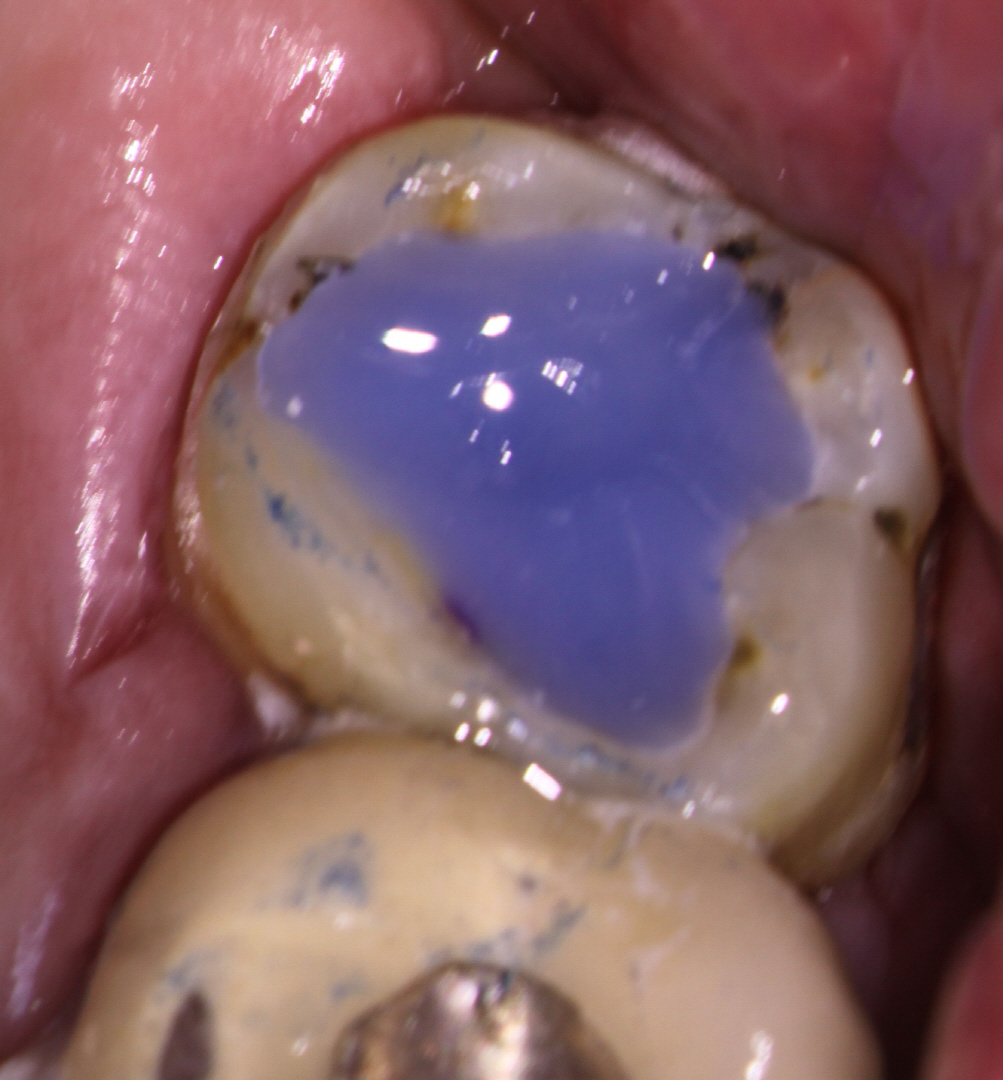
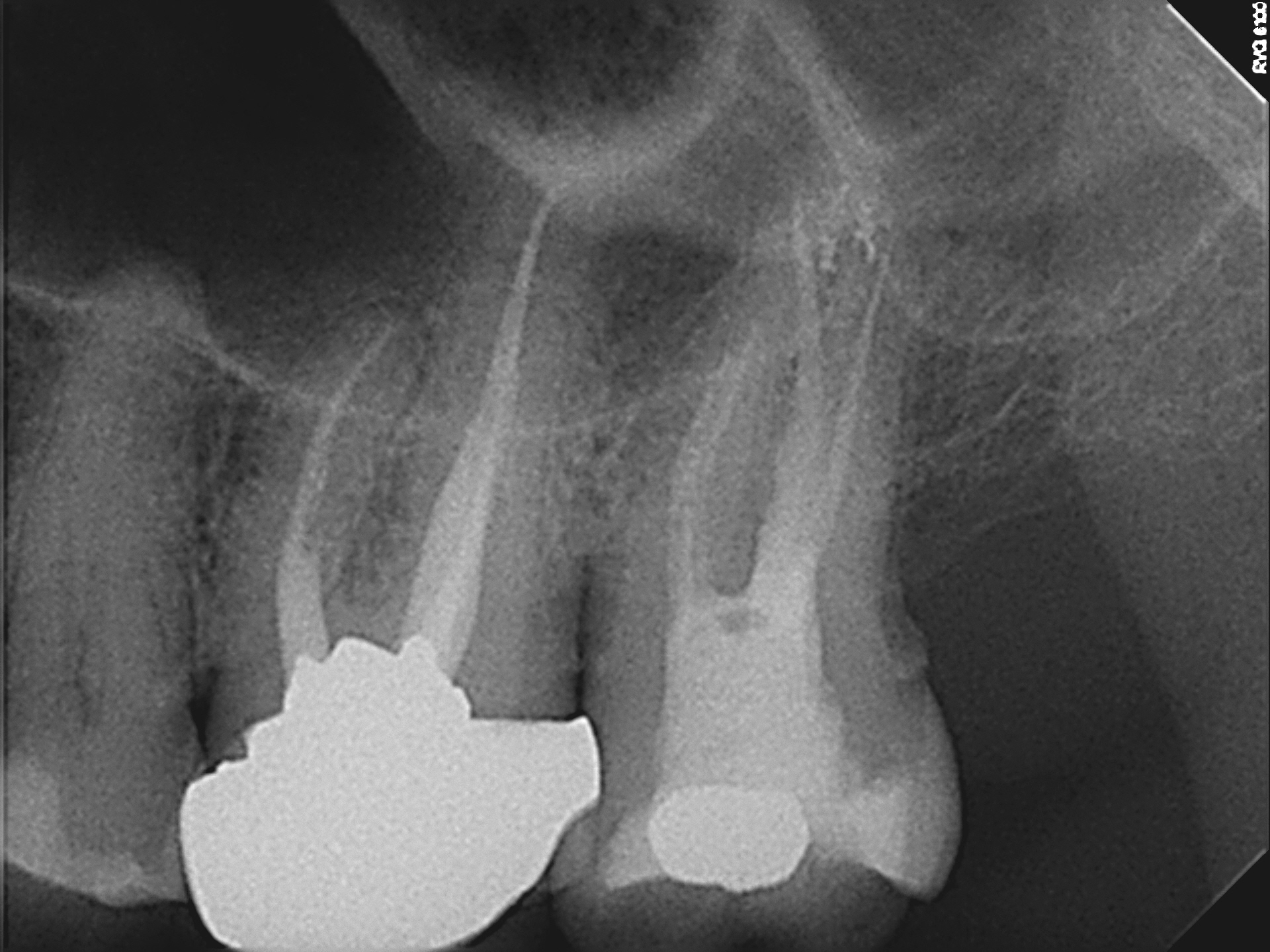
,In cases where emergency Endodontic treatment is initiated on a molar, it is important to remove all of the pulp tissue from the chamber. Failure to do so essentially creates a pulp exposure situation in which can increase symptoms and elevate thermal sensitivity.
It is impossible for a tooth that has had prior proper Endodontic access to be thermally sensitive. For that reason, there is a temptation to consider a possible OTHER tooth as being the source of the patients problem. This can result in us being be misled.. Attempting to access another tooth to solve the problem would be a clinical error and could possibly result in erroneous Endodontic treatment of another tooth.
It is important to perform all tests, even if we think the answers to those tests might be “obvious”, especially when taking over treatment that has been initiated elsewhere. Those of us who agree to continue such treatment have learned from experience that failing to address the fundamentals of Endodontic diagnosis, even in apparently obvious or “easy” cases can sometimes lead to errors.
